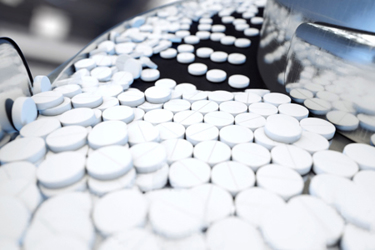Modern Modeling Tools For Small Molecule Solid Dose Manufacturing
By Christin Hollis, Ph.D., Associate Director, Product Development Department, Catalent; and Rohit Ramachandran, Ph.D., Professor of Chemical and Biochemical Engineering, Rutgers University

The manufacturing of pharmaceutical oral solid dosage forms (OSDs) is being shaped by rising costs, evolving regulatory requirements, and rapid technological advancements. To remain competitive in this dynamic landscape, companies must adopt efficient and innovative manufacturing practices that enhance both product quality and operational efficiency. One of the most significant industry shifts is the transition from traditional batch manufacturing to continuous manufacturing, which offers greater process control, scalability, and cost-effectiveness.
In this evolving framework, model-based approaches to process design and development are emerging as powerful alternatives to conventional empirical experimentation. By leveraging advanced mathematical and computerized modeling tools, manufacturers can gain deeper insights into process dynamics, optimize formulations, and ensure robust product performance. These predictive models enable better decision-making, reduce development timelines, and improve overall manufacturing efficiency.
This article explores the latest trends in OSD manufacturing and examines real-world case studies that highlight the benefits of model-based strategies. By integrating data-driven modeling techniques, pharmaceutical companies can enhance scale-up processes, streamline production, and navigate the complexities of modern drug development with greater precision and reliability.
Get unlimited access to:
Enter your credentials below to log in. Not yet a member of Outsourced Pharma? Subscribe today.
